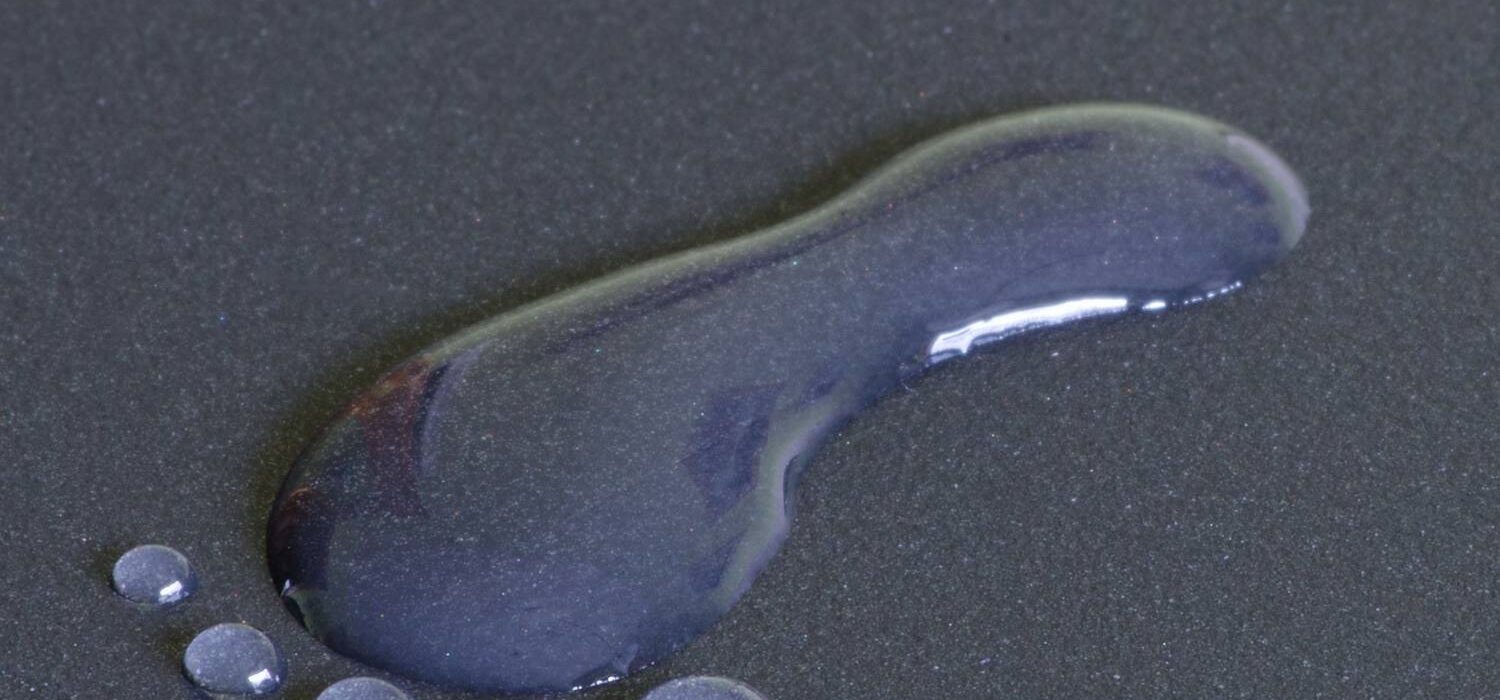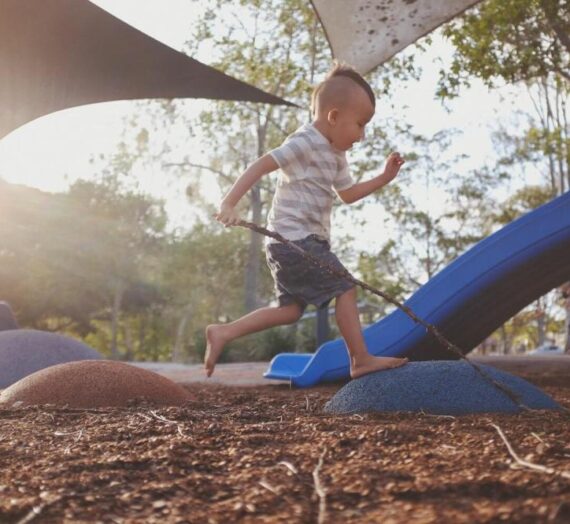More and more often, especially in spring, patients with a painful callus on the little finger of the foot come to podiatry clinics. Where did it come from and why does it hurt so much?
Imprint – what is it?
The imprint is often confused by patients with a bladder. So how do they differ? The imprint is a creation of our epidermis in which pathology arises and its exfoliating cells begin to form something like a needle, which in its deepest part has the so-called core. It is through the core that the corns give pain symptoms that patients experience when walking or wearing shoes. The bladder is an epidermis separated from the dermis, between which serous fluid collects. Corns, as well as blisters, are formed during a mechanical injury, e.g. compression of a shoe. A corn does not form as quickly as a blister, it requires repeated pressure on a given place to form. Corns are most often found on the sole of the foot on the toes or heel.
- https://www.iwebmaster.pl/pozyczki-dla-firm-kiedy-powinnismy-sie-na-nie-zdecydowac-i-co-musimy-o-nich-wiedziec/
- https://www.apbreloaded.com.pl/jak-sprzedac-nieruchomosc-z-kredytem/
- https://www.inprod.com.pl/automatyzacja-nowoczesnych-linii-przemyslowych/
Imprint – diagnosis
It is important to go to a podiatrist who will perform a foot examination with the print. During such an examination, we can also perform a podoscopic examination, i.e. a computer image of the feet. Thanks to it, the podiatrist is able to assess foot defects, gait defects, select the appropriate insoles and implement appropriate treatment. The podiatrist will assess the image of our imprint, its depth and width, write down a treatment plan, advise on foot care and prophylaxis.
Imprint – treatment
Treating corns is not as difficult as it seems. In the pharmacy you can find a large number of products intended for the treatment of corns. Most preparations available on the market for the treatment of corns also work well for the treatment of calluses. Pharmacy preparations for home use contain:
- salicylic acid, which has an exfoliating effect on the painful lesion. We can meet it in the form of a liquid, cream or special patches that additionally protect the finger against further pressures in this place. However, products with salicylic acid cannot be used by people who are allergic to it.
- lactic acid, exfoliating and softening the corn. Often in preparations combined with salicylic acid, which together bring effective results. In the case of a preparation with lactic acid, it is worth paying attention to allergies to lactose, because it can cause unwanted side effects.
- trichloroacetic acid, which has a very strong exfoliating effect. Used mainly on warts or warts, but it is also used to remove corns.
Before using any pharmacy or drugstore product, it is worth consulting a podiatrist.
In a specialist podology clinic, we can perform treatments such as:
- laser corn removal – the procedure performed by qualified staff is completely safe and painless. A slight feeling of discomfort may last for a few days after the procedure, however, it is nothing compared to the pain of the corn itself.
- surgical removal of the corn – the procedure is carried out using a special podiatric scalpel. Smaller scalpels called chisels can handle even the smallest calluses. The subologist thoroughly removes the entire corn with the core using a scalpel and a chisel. Then he can gently smooth the skin surrounding the callus with a milling machine and apply a dressing to eliminate complications.
- milling corn removal – the corn can also be removed with a special vacuum or rose cutter. The subologist gently prying the calloused epidermis piece by piece, removes the entire core and, as in the previous case, gently aligns the surrounding skin with a cutter to smooth the epidermis.
Podiatric treatments are not painful, there is nothing to be afraid of. The discomfort that we may feel during the procedure is negligible compared to the constant pain of the callus on the little finger, which is felt with every step. The podiatrist will also advise us on preparations for home use in the event of relapses and for use in the prevention of corns.
Imprint – prevention
In order to prevent the formation of corns in the future, not only on the little finger, but also on the entire foot, prevention is important. People with a tendency to develop such changes should regularly go to the podiatry center (at least 2 times a year), follow the advice of specialists and take care of the skin of the feet every day.
How to care for the skin of the feet so as not to expose yourself to pain caused by corns?
It is enough to use a moisturizing foot cream twice a day. The cream can additionally contain urea, but it is worth remembering that the concentration above 15% will have an exfoliating effect, so let’s choose creams with a maximum concentration of 5-10%, lanolin, allantoin, vegetable oils, for people with hyperhidrosis, creams with tree oil are known tea tree oil or peppermint oil. It is important to control the condition of the feet and, if possible, react quickly to emerging changes.




